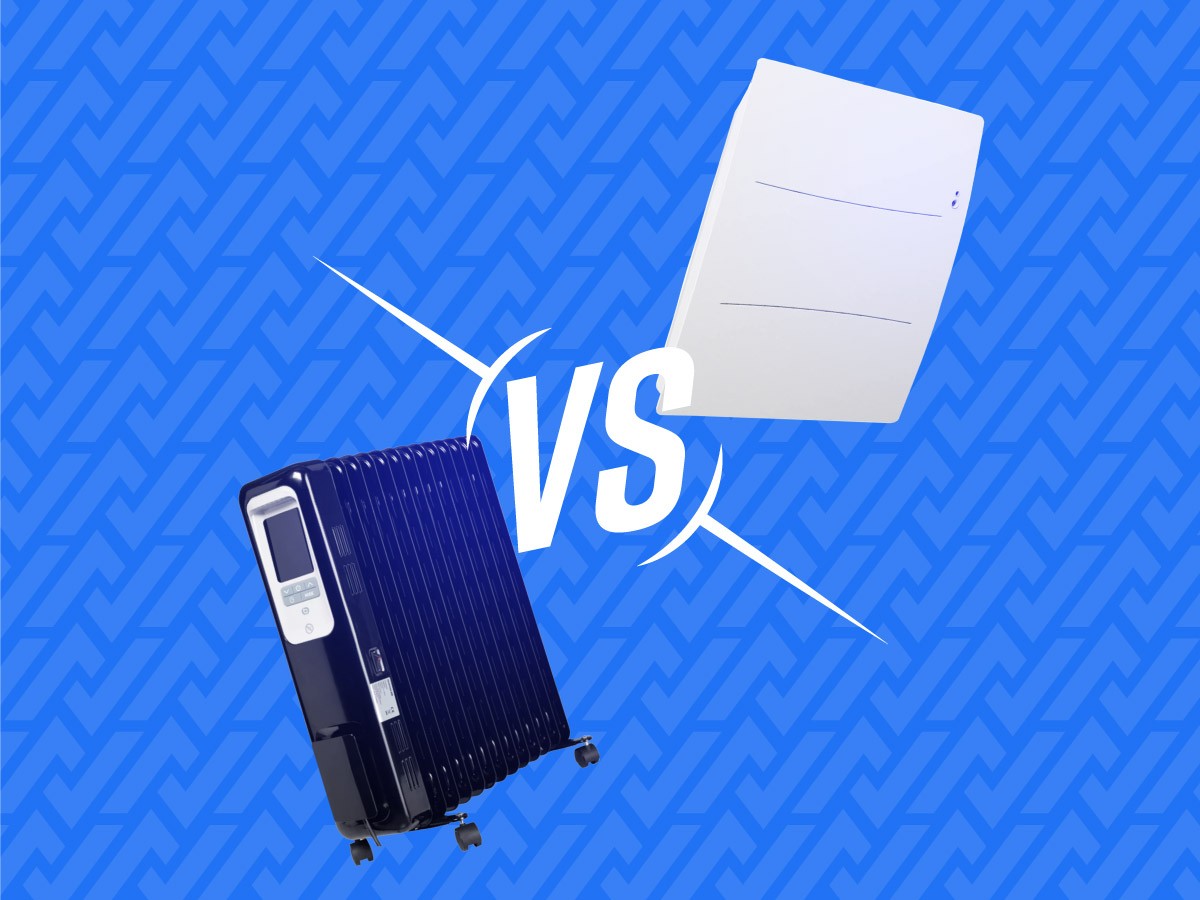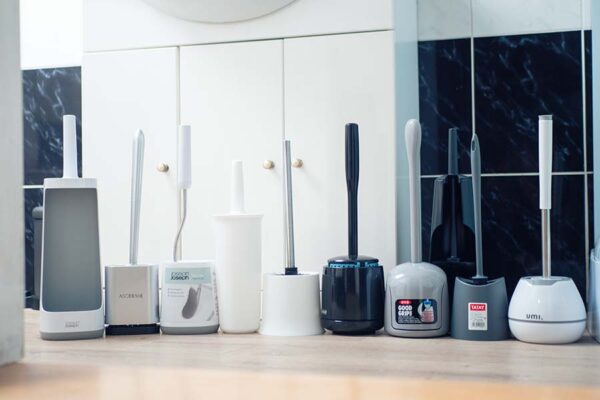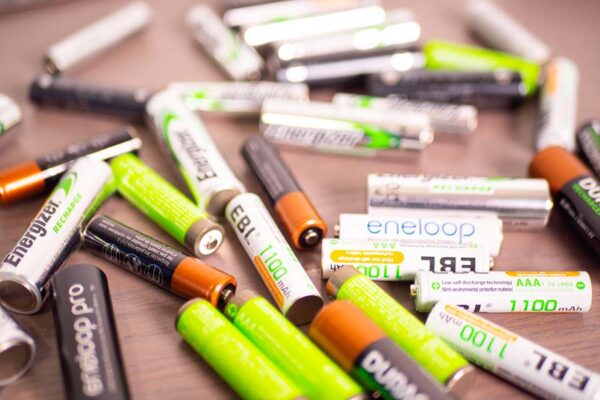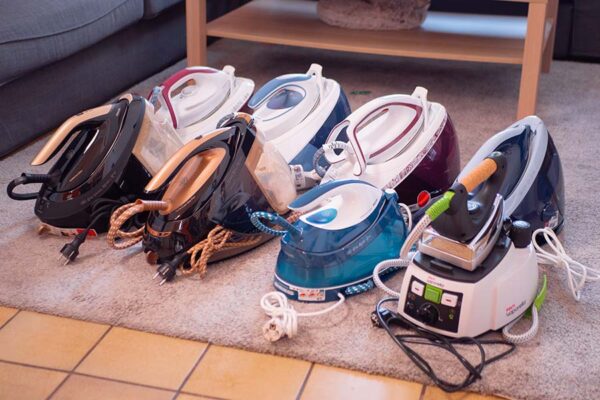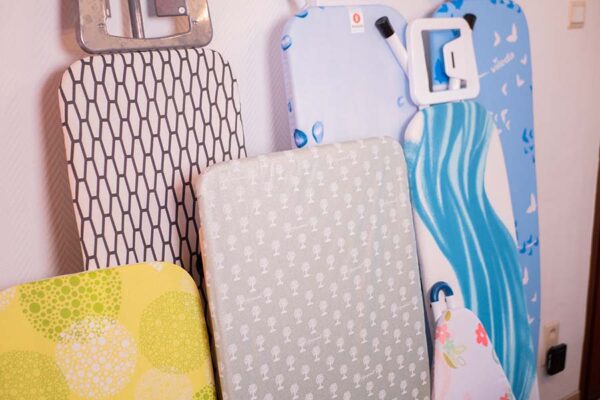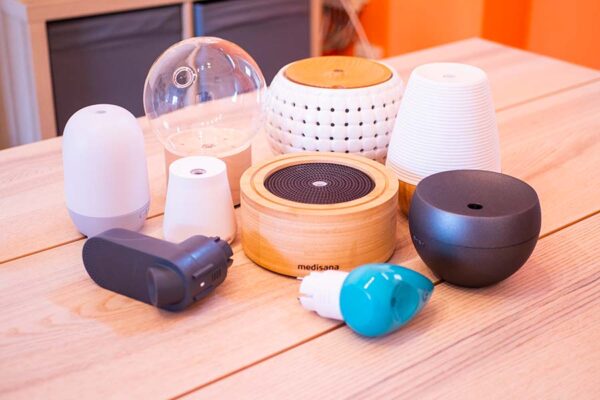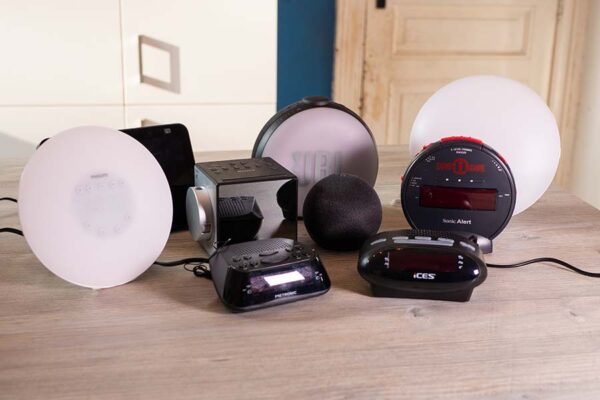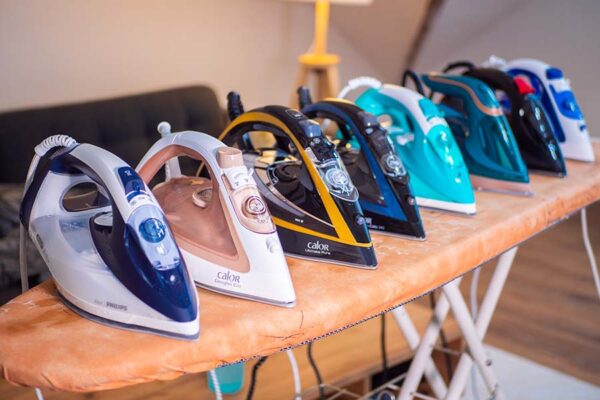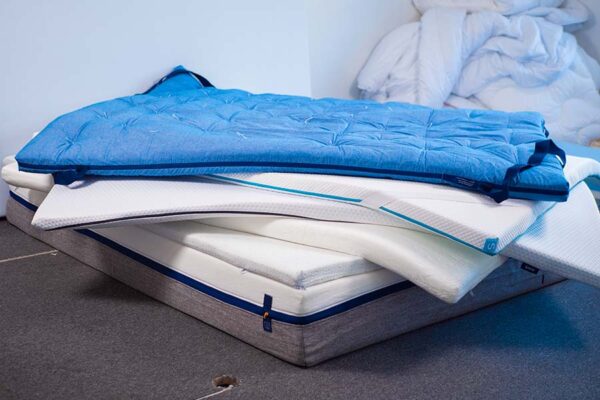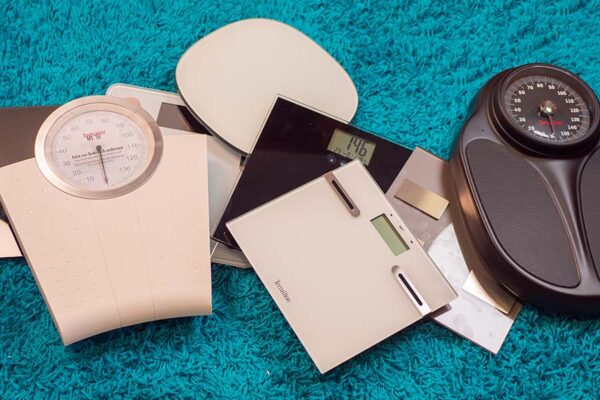Updated on 8 May 2023
The dry inertia radiator, ideal for living rooms
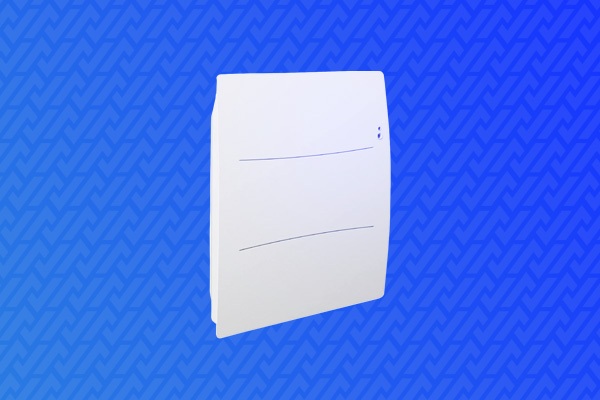








The heating core of a dry inertia radiator is made of refractory material: this can be metal (cast iron or aluminium) but it is preferable to choose stone (ceramic brick, marble, granite or volcanic stone), as it accumulates heat even better.
This type of material has a very low-temperature variation. Therefore, it takes a little longer to heat up, but it also gives off heat for a long time.
These heaters have the advantage of durability but are generally more expensive to buy and weigh more. This is the type of device that is usually left in a room, without trying to move it.
The fluid inertia radiator, interesting as a back-up solution
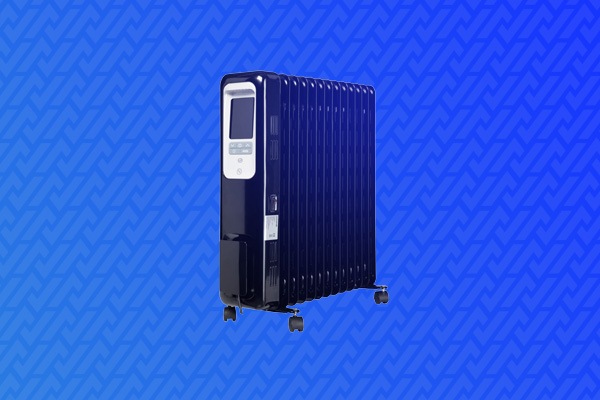









Fluid inertia radiators use a heat transfer fluid (glycol water or vegetable or mineral oil) in which a resistor is placed. The resistor then heats up as the fluid rotates in a closed circuit. It is a heating method similar to that of a central heating system but without the complexity of connections.
This type of radiator heats up more quickly. This makes it interesting for rooms that are not heated all day, such as bathrooms (provided the radiator is protected from moisture) or bedrooms. It is also generally easier to move because it has wheels and a handle.
However, although it is cheaper to buy, it is less durable in the long term as it can leak.
In conclusion
Inertial heaters, whether dry or fluid, have the advantage of storing heat and releasing it when the unit is switched off. Both are therefore preferable to other electrical heating systems. However, they differ in the nature of their heating core.
More durable but also heavier, dry inertia radiators are more suited to main living areas. In a large room, it is preferable to install two radiators at medium power rather than one at maximum power. Fluid inertia radiators are less expensive and ideal for heating bedrooms or bathrooms quickly.
Translated by Ramsés El Hajje
